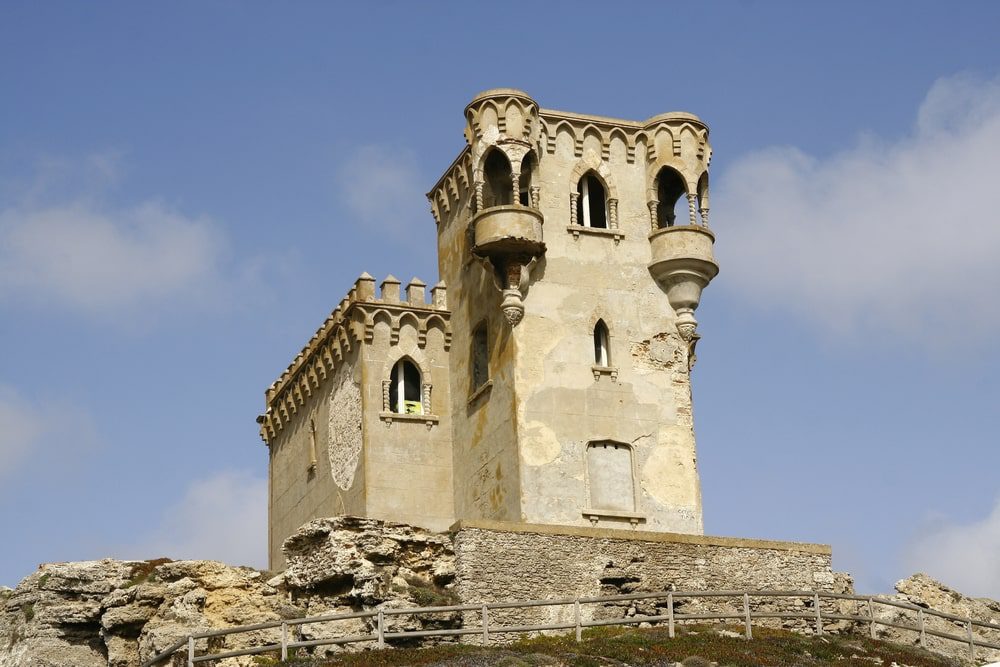Santa Catalina's Castle
The Castle of Santa Catalina is located on the hill of Santa Catalina. This hill was one of the islands that later joined the mainland due to the sand from the beach and the sediments carried by the stream that crossed Tarifa. It owes its current name to an old hermitage dedicated to Santa Catalina de Siena, whose only graphic evidence is a drawing made in 1567. The hermitage had a single nave and a small belfry. Nearby there was a spring. Being a secluded place, it served as a lazaretto during the plague epidemic of the 17th century.
But soon, due to its elevated position and strategic control over the Isla de las Palomas and the castle, it began to have military use. In 1771 the hermitage was converted into a gunpowder store. During the War of Independence, the English demolished it, employing prisoners from Tarifa as labor. They carried out the works of a fort for artillery, reinforced by the construction of a deep dry moat, excavated in the same rock of the hill, and that today is still partially visible. After the war, in 1813, the English left Tarifa.
In 1928, the hill of Santa Catalina was requested by the Navy command to build a castle that would serve as a complement to the lighthouse of the Island to function as a traffic light for the port. The works of the slender building were finished in 1933, in a historicist style that we can classify as neogothic. After the Civil War, the defenses were reinforced with several bunkers, connected to each other by tunnels. In 1972, the Navy’s meteorological observatory was installed, which in 2000 was moved to another place, with Santa Catalina once again becoming municipal property.

